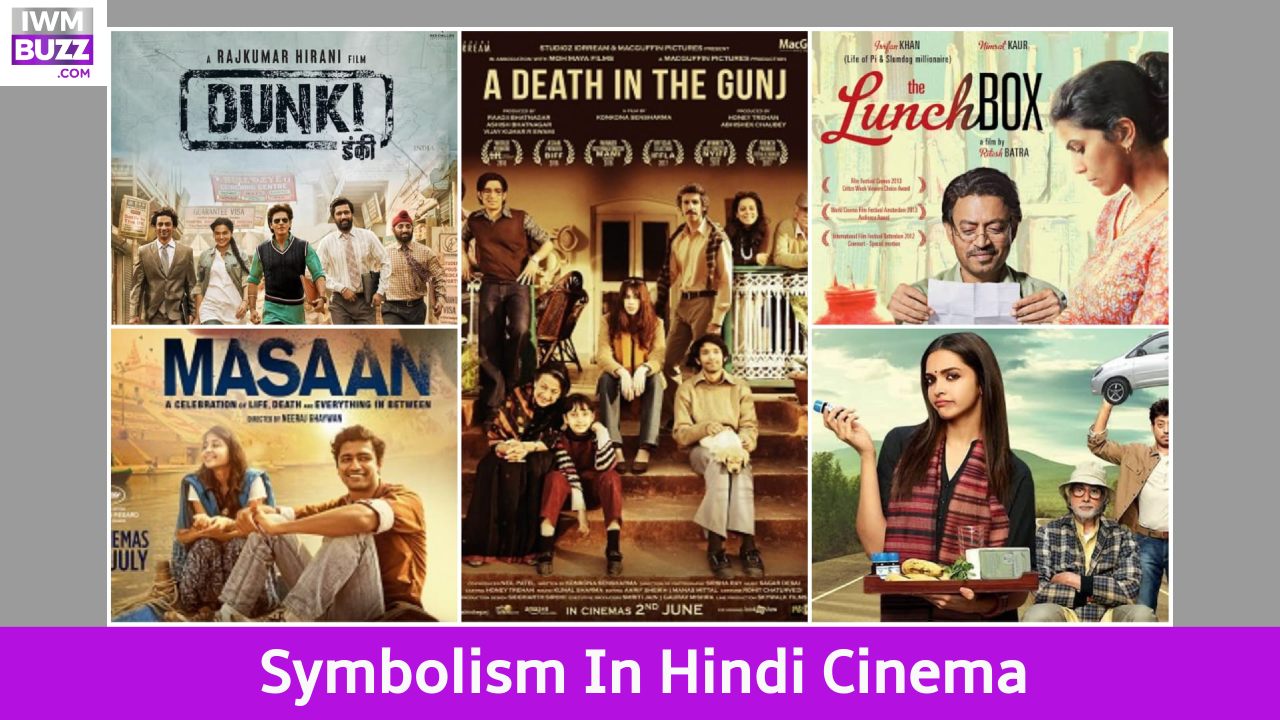Symbolism in films serves as a rich and nuanced language that transcends mere visual aesthetics, weaving profound layers into storytelling. Much like the use of symbols in English literature throughout history, filmmakers harness this powerful tool to communicate themes, emotions, and social commentary in a captivating manner. Just as Shakespeare utilized symbols like the rose in “Romeo and Juliet” to signify love and beauty, filmmakers employ visual metaphors to evoke emotions and convey deeper meanings. The importance of symbolism lies in its ability to engage audiences on a subconscious level, allowing them to interpret and connect with the narrative in a personal way. Whether it’s the rosebud in “Citizen Kane” or the green light in “The Great Gatsby,” symbolism enriches cinematic storytelling, echoing the age-old literary tradition of using symbols to enhance narrative depth and provoke introspection. It transcends cultural boundaries, offering a universal language that has resonated through aeons of storytelling, inviting viewers to partake in the timeless dance of interpretation and connection.
1. “Kahaani” (2012): Bob Biswas’ Musical Ringtone:
Analysis: Bob Biswas, the unassuming hitman, introduces a fascinating juxtaposition with his cheerful ringtone. The choice of a lively tune in the midst of his dark deeds serves as a clever cinematic tool. It hints at the dualities within individuals, emphasizing that even those engaged in nefarious activities can have unsuspected layers of humanity.
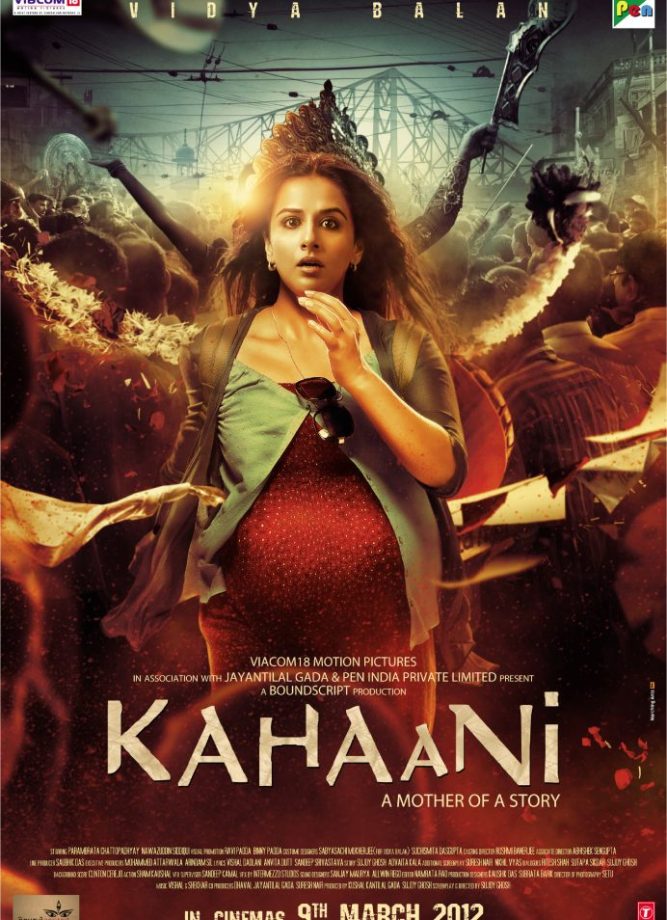
2. “Piku” (2015): Rana’s Shoes and the Final Scene:
Analysis: Rana’s footwear metamorphosis becomes a nuanced exploration of character development. The shift from casual shoes to formal ones isn’t just about fashion; it symbolizes the evolution of his relationship with Piku. It’s a subtle yet impactful way of visually expressing his readiness for a more serious commitment.
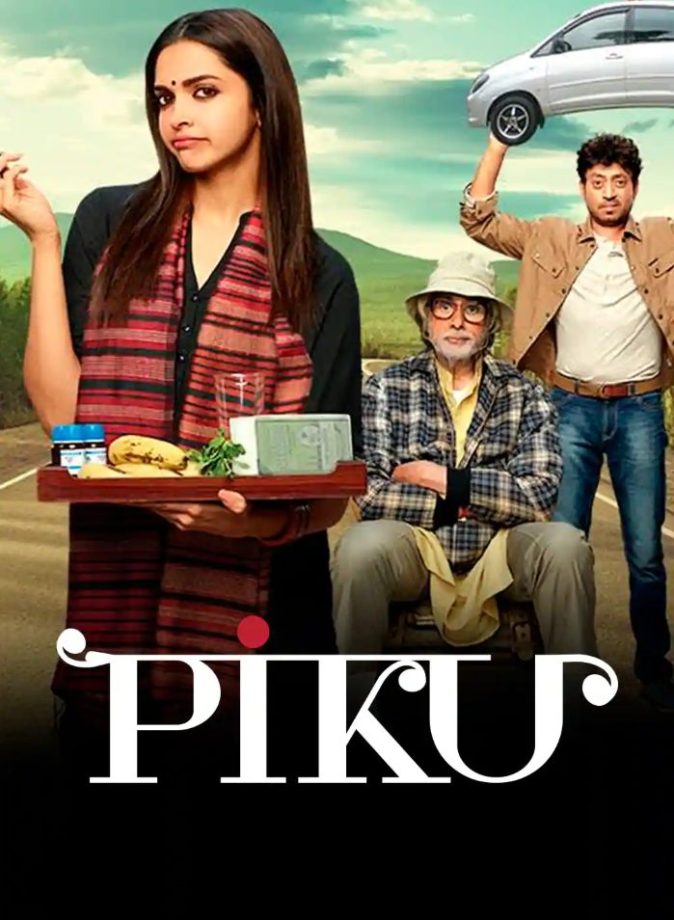
3. “Tamasha” (2015): The “Agar Tum Saath Ho” Scene:
Analysis: The dining scene in “Agar Tum Saath Ho” is a masterclass in visual storytelling. Beyond the gastronomic delight, the act of sharing a meal becomes a metaphor for emotional intimacy. The careful framing and expressions of Ved and Tara reveal a narrative layer that transcends verbal communication, highlighting the potency of shared experiences.

4. “Andhadhun” (2018): The Piano and Akash’s Blindness:
Analysis: Akash’s piano-playing prowess serves as a compelling metaphor for his complex web of deception. The piano becomes a visual motif, representing the harmony and discord in his life. The revelation of his blindness through the act of playing adds depth, underscoring the thematic tension between appearance and reality.

5. “Queen” (2013): Rani’s Red Shoes:
Analysis: Rani’s red shoes transform akin to her character arc. Initially associated with the cancellation of her wedding, they later become emblematic of her solo journey and newfound independence. This metamorphosis of a seemingly ordinary object into a symbol of empowerment is a subtle yet powerful commentary on self-discovery.
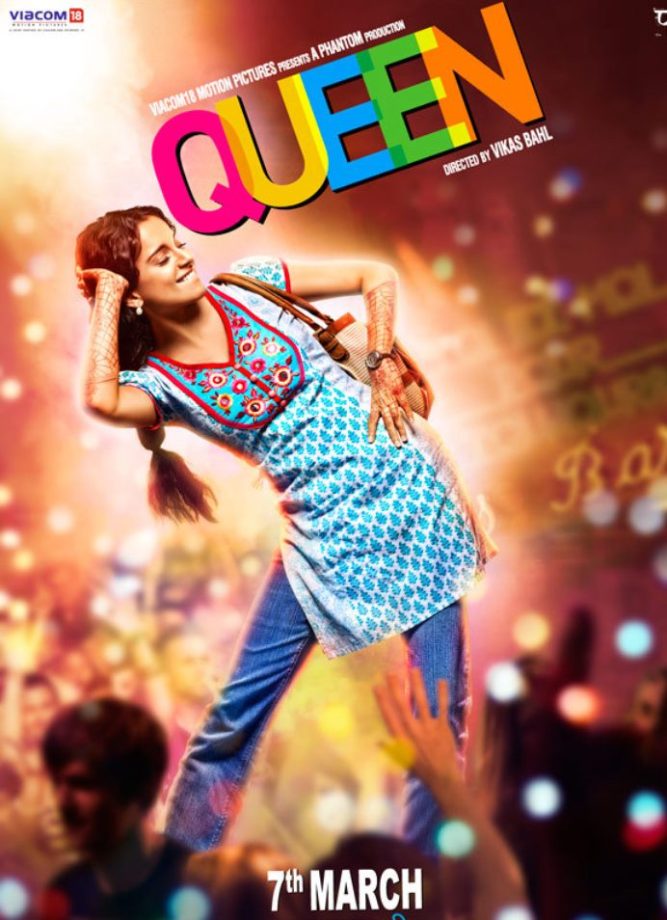
6. “Dangal” (2016): The Haircut Scene:
Analysis: Mahavir Phogat’s decision to cut his daughters’ hair is a pivotal moment layered with sociocultural significance. It symbolizes a rebellion against traditional gender norms, with the haircut serving as a visual metaphor for breaking free from societal expectations. This act becomes a powerful statement on empowerment and the pursuit of dreams irrespective of gender.

7. “Lunchbox” (2013): The Dabbawalas’ Codes:
Analysis: The coded system of Mumbai’s dabbawalas is an intricate dance of logistics and love. Each marking on the tiffin boxes symbolizes a connection between sender and receiver, transforming a routine lunch delivery into a tapestry of emotions. This symbolism underscores the precision and dedication embedded in the mundane aspects of life.
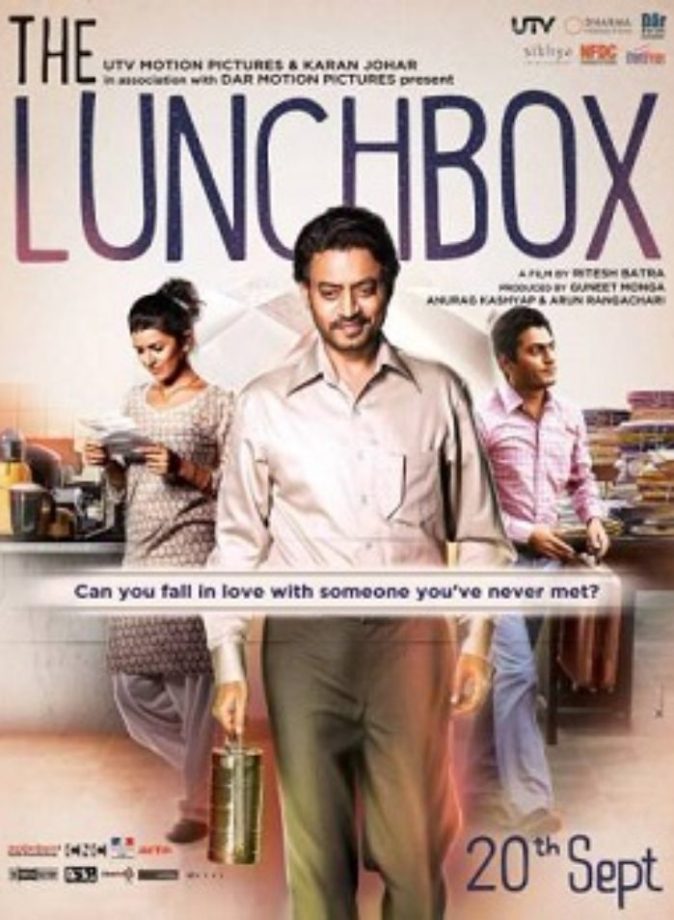
8. “A Death in the Gunj” (2016): The Family Tree
Shutu’s absence from the family tree becomes a powerful symbol, echoing the emotional distance he endures within his own kin. Tani’s innocent curiosity acts as a poignant mirror, reflecting the family’s obliviousness to Shutu’s struggles. His quiet dismissal of her question showcases a heartbreaking blend of understanding and resilience. The haunting image of blood on the family tree, likely belonging to Shutu, beckons viewers to ponder the enduring impact of his presence, even in exclusion.
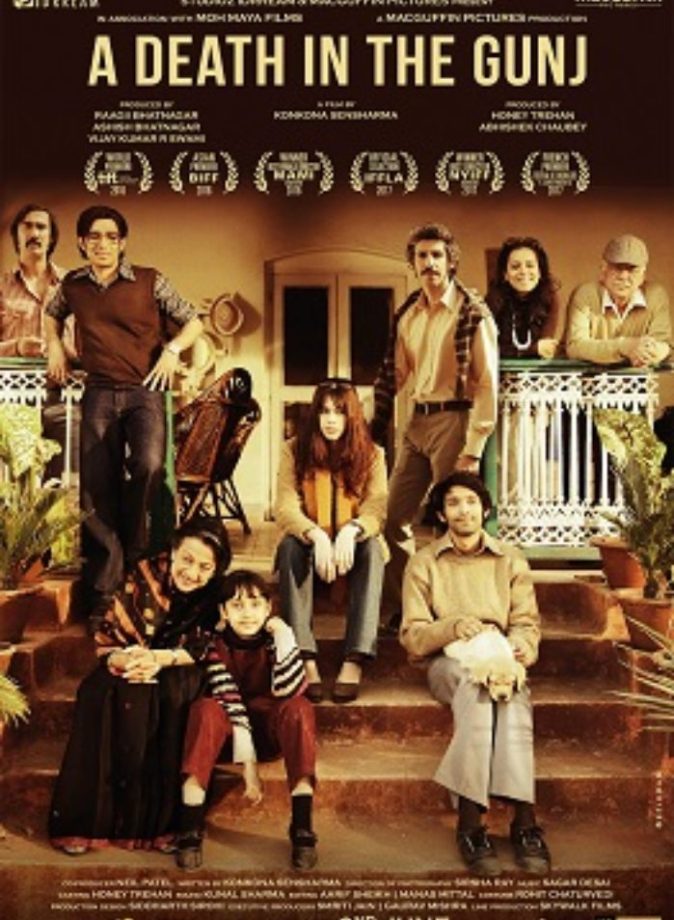
9. “Masaan” (2015): The Bribe Demand
The filmmakers deftly navigate the complexities of human nature. The inspector’s intimidating presence and relentless threats to Vidyadhar Pathak intensify the gravity of the situation—his daughter’s intimate videos hanging in the balance. As Pathak desperately grapples to save his family, a sudden shift occurs with the entry of the inspector’s daughter. Her brief, sweet interaction with him creates a stark irony, exposing the dualities that humans carry within. The juxtaposition of the harsh threats and the tender moment reinforces the film’s nuanced storytelling. The inspector’s affirmation to his daughter, “Haan, chalo,” becomes a painful irony, emphasizing the intricate layers of the human psyche. This intentional use of the inspector’s daughter as a storytelling device leaves a lasting impact, showcasing the film’s commitment to exploring the profound complexities of life. What resonated with you in this thought-provoking scene?
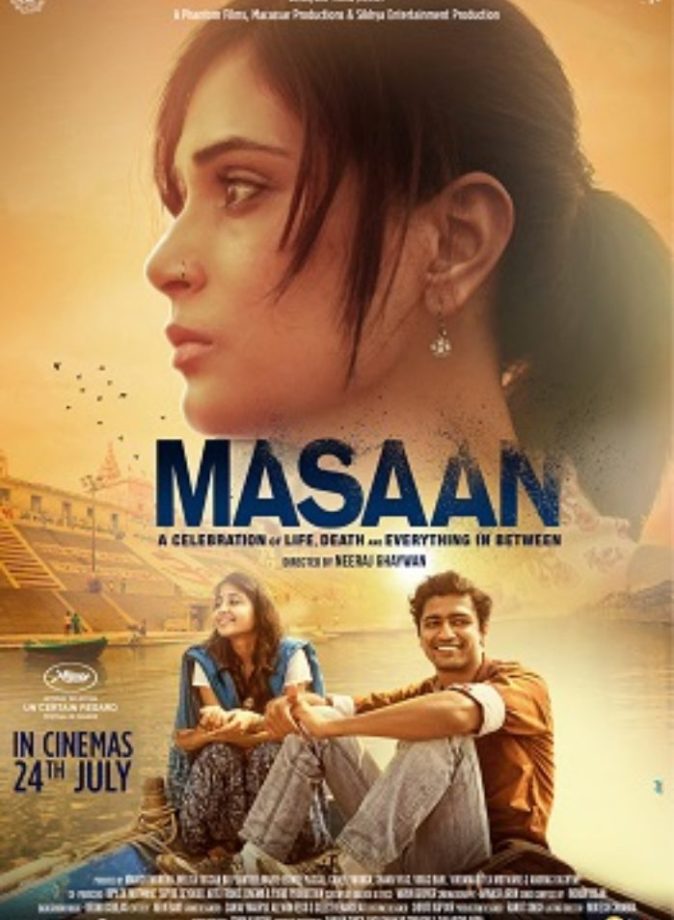
10. “Dunki” (2023): The Name Itself
The term “Dunki” originates from a Punjabi idiom, symbolizing the clandestine journey of moving from one place to another, particularly referring to the illegal immigration process. In essence, it encapsulates the act of individuals being sent to another country by strategically navigating through various destinations. The term finds its roots in the notion of traversing borders discreetly, involving jumping, leaping, and hopping between different countries. “Dunki” thus embodies the complex and often perilous path that individuals undertake to reach a new destination through unconventional means.
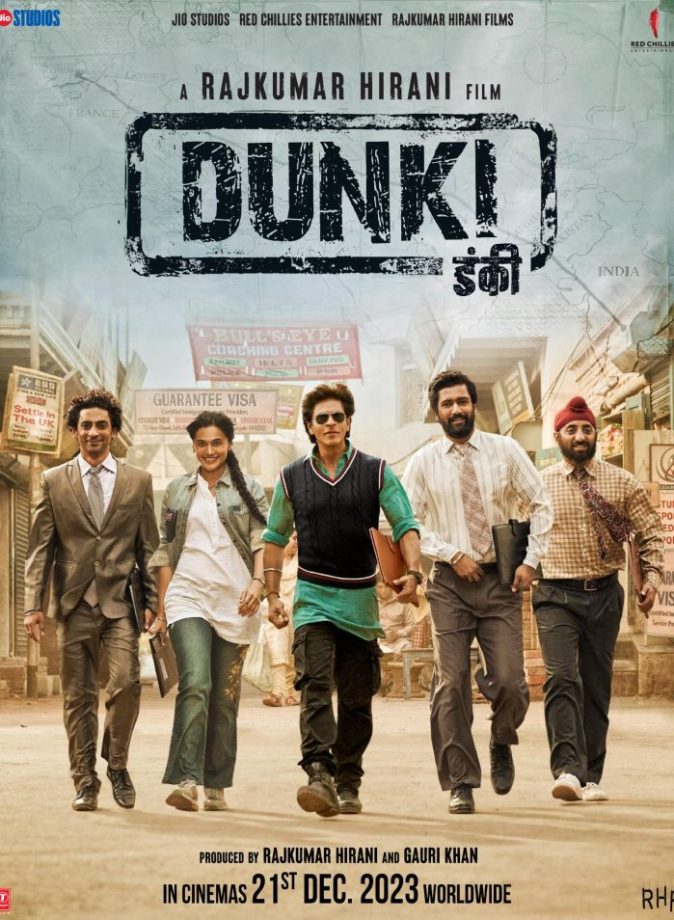
What are some of your favorite instances of symbolism in literature or film?

